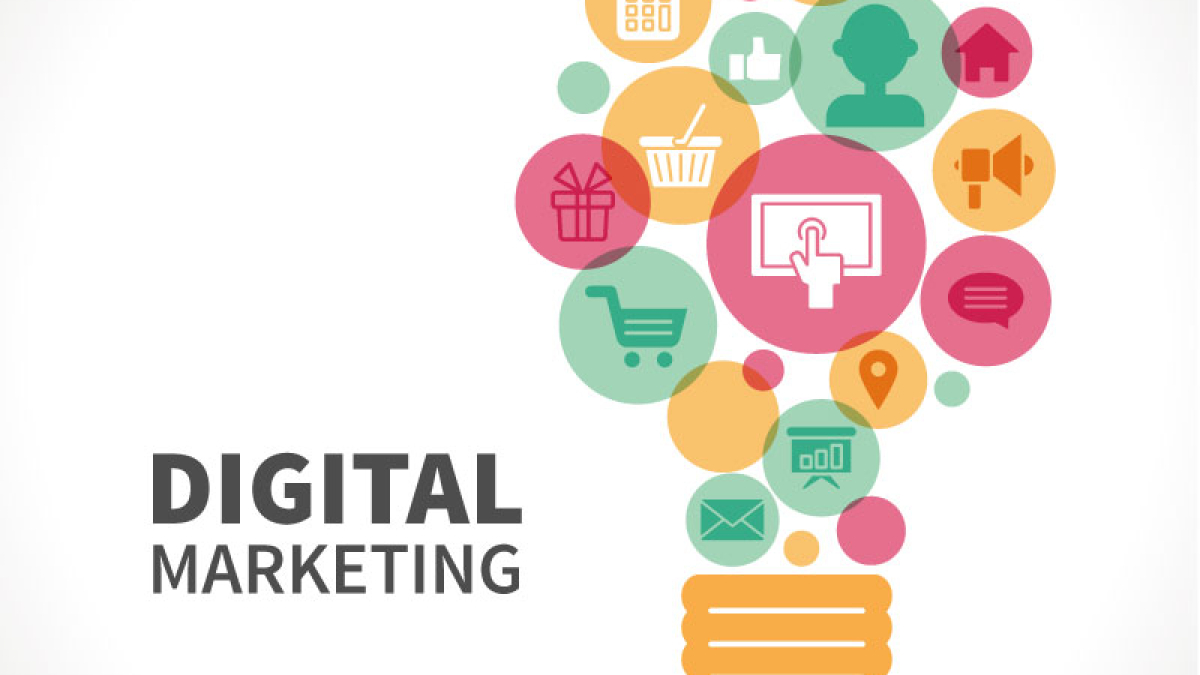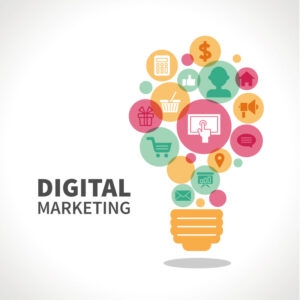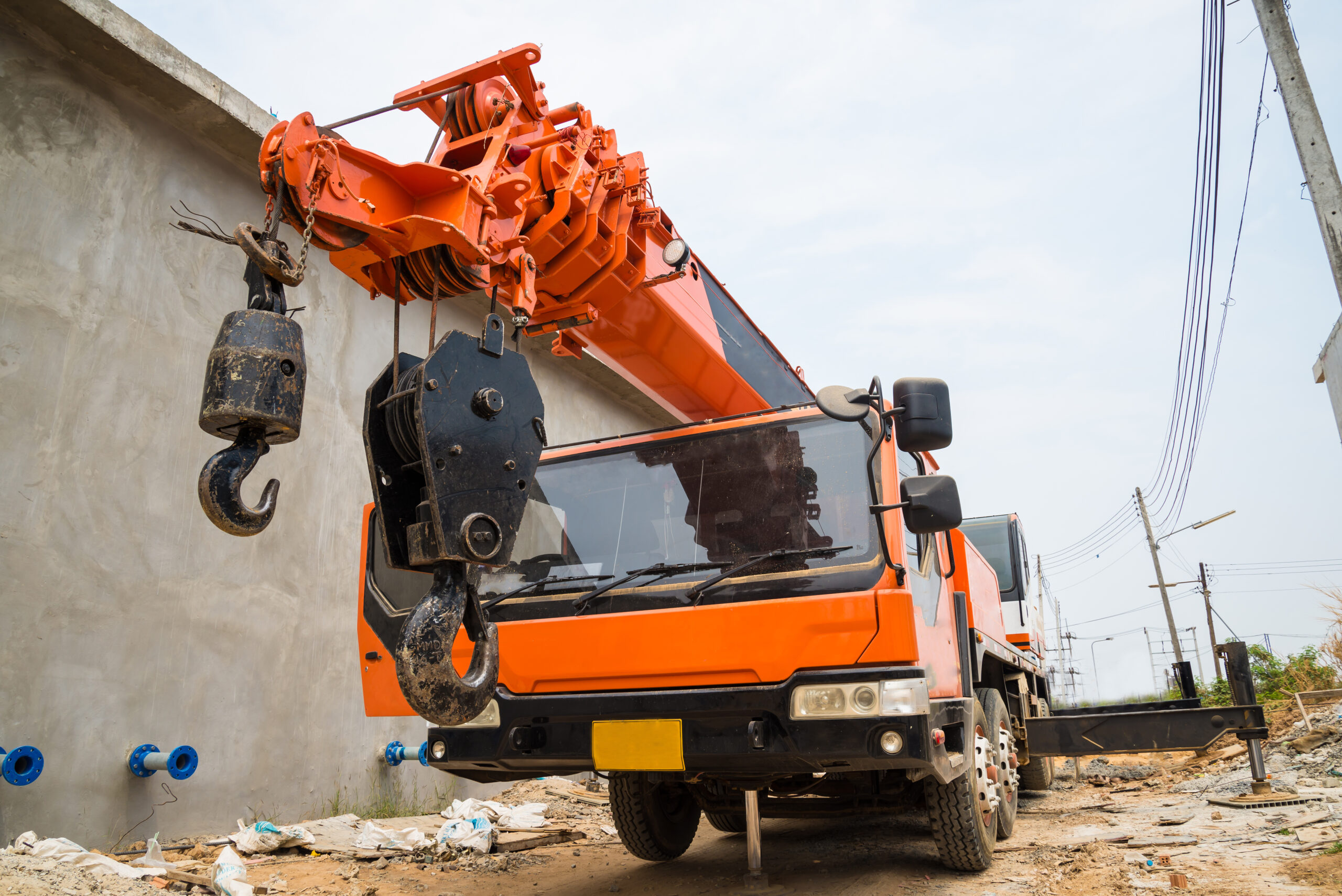 You’ve made the decision to lease equipment to meet market demand, increase your sales or move in to an additional line of business. How good of a decision that was depends on the return on investment (ROI) you earn after adding the leased equipment to your fleet or service offerings. Oftentimes, your ROI is a direct result of the marketing strategy driving sales, unless the equipment is solely leased to improve your employees’ productivity and then the ROI is measured in other ways.
You’ve made the decision to lease equipment to meet market demand, increase your sales or move in to an additional line of business. How good of a decision that was depends on the return on investment (ROI) you earn after adding the leased equipment to your fleet or service offerings. Oftentimes, your ROI is a direct result of the marketing strategy driving sales, unless the equipment is solely leased to improve your employees’ productivity and then the ROI is measured in other ways.
We posted a blog about marketing the capabilities of your new equipment that included information on PPC ads. One of our recommendations was to create a landing page designated to it. Social media posts, sales emails and PPC ads can click through to that page.
What is a Landing Page?
A landing page is a webpage that speaks to web visitors and compels them to take a certain action in a certain way. Meaning, this landing page would target those interested in services you can perform with that specific equipment and compel them to request a quote, schedule an appointment, etc., ideally via benefit-focused content and a prominent contact form.
What a Landing Page is Not
A landing page is not just a regular page on your website about your company, other services, other products or such.
What Makes a Landing Page Effective in Increasing ROI?
When a prospect or existing customer clicks on a PPC ad to learn more about what you can offer thanks to your new equipment, they have a specific problem that needs solving. For example, you lease a bobcat and a customer needs land cleared and leveled. An effective landing page makes it clear that your company is the solution and has the equipment for the job. That doesn’t necessarily mean calling out that the equipment is new unless it is brand new to the market. Instead focus every element of your landing page on WIIFM (what’s in it for me?).
The key elements of an effective landing page are:
- A strong headline that grabs readers’ interest by focusing on solving their problem.
- A supporting headline that touches on the most important details or benefits.
- Eye-catching imagery that reflects what you’re selling. This isn’t always an image of your leased equipment. Frankly, sometimes an image of the equipment isn’t interesting or compelling. But what it does cheaper, faster, better certainly is.
- A short summary of the benefits that is customer focused.
- A call to action that makes it easy for visitors to do what you want them to do. This can include a special offer, too.
- Proof that what you’re saying is the truth, which can be in the form of testimonials, a case study or details of the equipment.
- A final call to action to reinforce and summarize everything in your landing page and offer one last way to contact you.
Getting the Most Traction from Your Landing Page
Google Ads campaigns are the obvious entry point to click through to your landing page. Plus, there are traditional marketing avenues that can lead users to your landing page. Any marketing channel that leads to your landing page designed to promote your new or improved capabilities can increase the number of clicks-to-sales conversions.
When using a landing page URL in marketing, keep the URL as short as possible. For example, yourcompany.com/level-land compared to yourcompany.com/bobcatmodel43o8H. The reason is that the URL has to be memorable should it be heard and short if it is to fit on printed material.
Consider driving traffic to your landing page from:
- Direct mail
- Radio/streaming ads
- Social media posts
- Billboards/banners
- Print ads
It may seem odd that an equipment financing company is giving marketing advice, but it makes perfect sense given that we’re invested in our customers’ success. Bottom line: when you succeed, leased equipment payments are made on time, which keeps us in business and able to fund even more business owners’ leased equipment needs. If you’d rather work with a partner instead of a vendor, reach out to the Global Financing & Leasing Services team.



 Once your equipment financing is in place, it’s time to market the capabilities the equipment brings to your company to generate buzz to grow sales and revenue. You can’t afford to take a “If we build it, they will come” approach. Customers can only come to you for bids, new business and expanded services when you get the word out through multiple marketing channels.
Once your equipment financing is in place, it’s time to market the capabilities the equipment brings to your company to generate buzz to grow sales and revenue. You can’t afford to take a “If we build it, they will come” approach. Customers can only come to you for bids, new business and expanded services when you get the word out through multiple marketing channels.
 Global Financial & Leasing Services
Global Financial & Leasing Services
 Global Financial & Leasing Services
Global Financial & Leasing Services
 If could you add an excavator to your
If could you add an excavator to your 
 Whether you are flush with cash, breaking even or considered a credit risk, eventually you will want to obtain a key piece of equipment to start up or expand your business. Often that critical equipment will come with a hefty price tag, forcing you to weigh all your purchasing options. Regardless of credit score, credit line available or bank account balance, financing an equipment lease is the route many business owners choose to take.
Whether you are flush with cash, breaking even or considered a credit risk, eventually you will want to obtain a key piece of equipment to start up or expand your business. Often that critical equipment will come with a hefty price tag, forcing you to weigh all your purchasing options. Regardless of credit score, credit line available or bank account balance, financing an equipment lease is the route many business owners choose to take.
 Even in a booming economy, closing sales on large equipment or machinery can take time and finesse. In a down or uncertain economy, making sales is even harder. A combination of comparison shopping, exploring purchase options and choosing the right equipment is standing between you and your customers regardless of the state of the economy. However, if you are not offering an easy and affordable financing program, you risk losing sales.
Even in a booming economy, closing sales on large equipment or machinery can take time and finesse. In a down or uncertain economy, making sales is even harder. A combination of comparison shopping, exploring purchase options and choosing the right equipment is standing between you and your customers regardless of the state of the economy. However, if you are not offering an easy and affordable financing program, you risk losing sales.


 For startups, equipment acquisition is necessary to get the business off the ground. For established companies, acquiring equipment is a means to grow and expand. Debt is a four-letter word for many business owners. Therefore, many believe raising equity to acquire equipment is better than taking on debt, even though debt comes with a specified interest rate and payoff date. Just because it’s believed, doesn’t make it so.
For startups, equipment acquisition is necessary to get the business off the ground. For established companies, acquiring equipment is a means to grow and expand. Debt is a four-letter word for many business owners. Therefore, many believe raising equity to acquire equipment is better than taking on debt, even though debt comes with a specified interest rate and payoff date. Just because it’s believed, doesn’t make it so.
 As a small business owner, you are used to being the first on the job, the last to leave, and wearing multiple hats, from janitorial and marketing to accounting. You also bear the responsibility for employees’ livelihoods and growing your business. Especially now, small business owners are feeling the burden of that weight on their shoulders.
As a small business owner, you are used to being the first on the job, the last to leave, and wearing multiple hats, from janitorial and marketing to accounting. You also bear the responsibility for employees’ livelihoods and growing your business. Especially now, small business owners are feeling the burden of that weight on their shoulders.